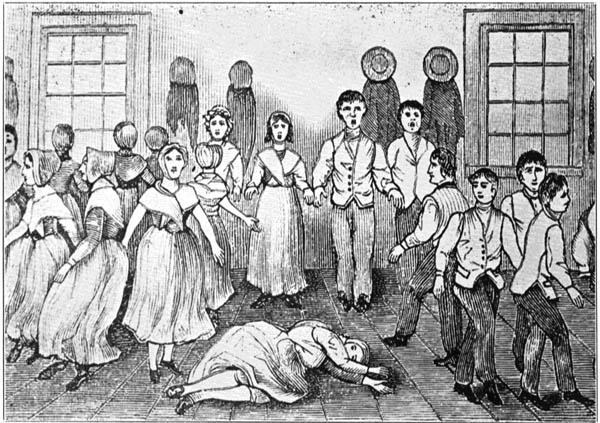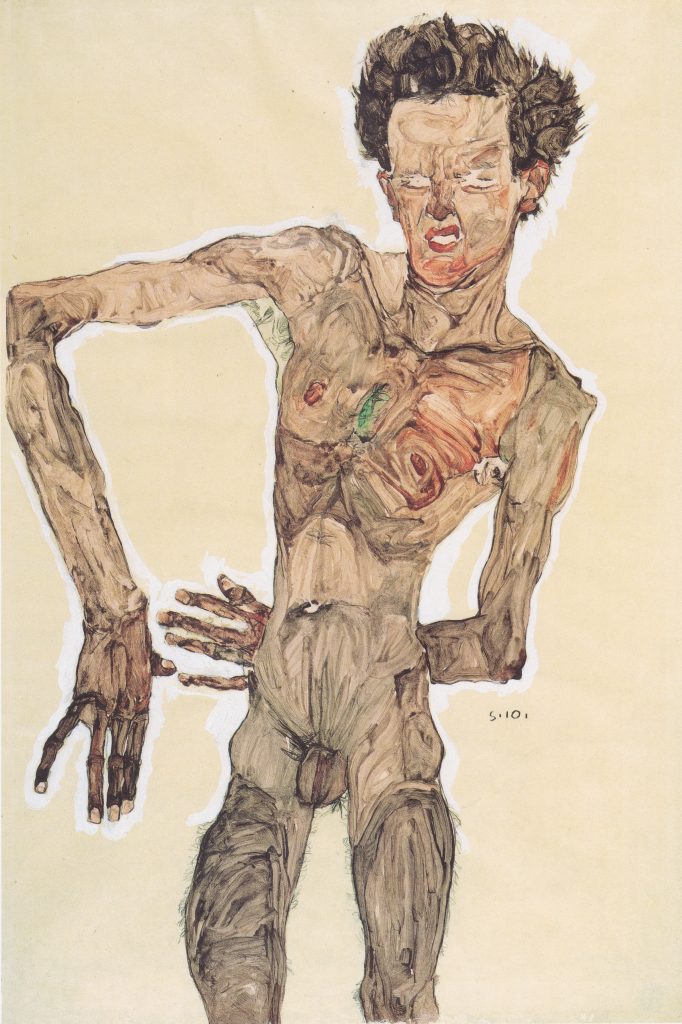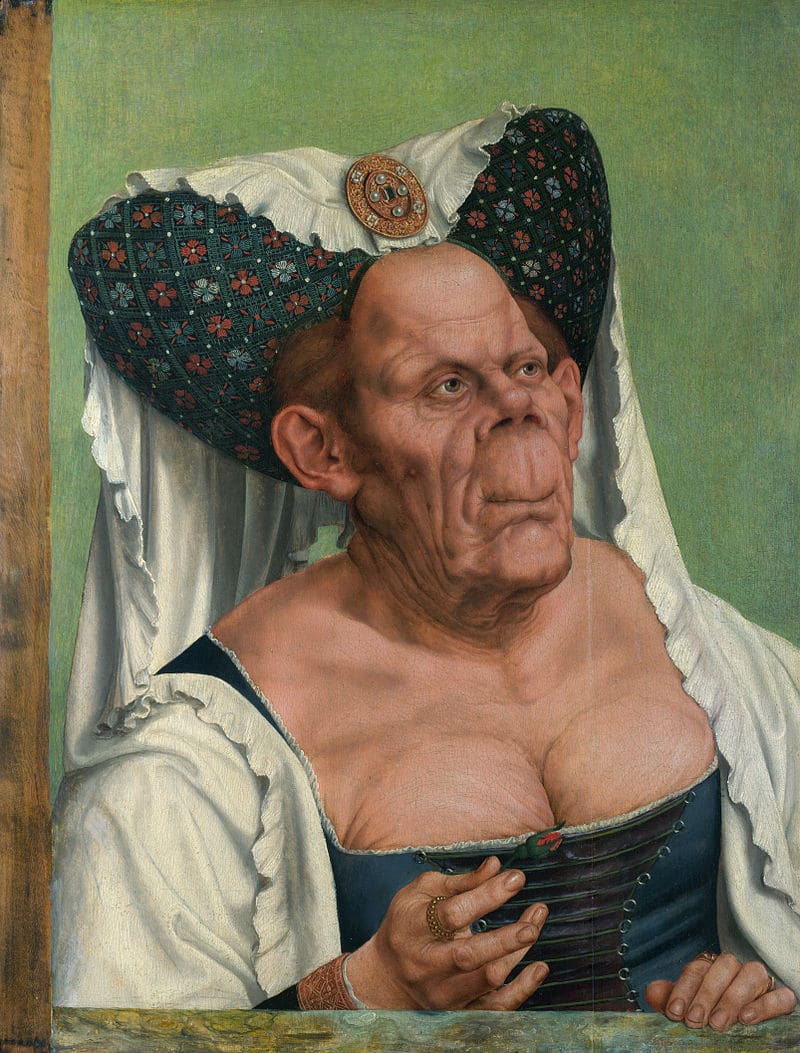Traditional Shaker-style cabinets exhibited recessed panel doors, simple hardware, and light finishes. The recessed panel has stayed constant throughout the years, though different color options have become increasingly popular.
Although the name Shaker conjures the idea of entropy and disorder, this style is clean and sober.
Brief History of Shaker Cabinets
“Shakers” was the name given to a protestant sect (the United Society of Believers in Christ’s Second Appearing) because of their ecstatic religious dancing. This kind of worship may have been 
“Shaker” is a peculiar name and a peculiar behavior for a group of people bent on self-effacement rather than self-indulgence.
Still, the truth of this situation may be buried in their specific theology.
We do know that they were an industrious group that produced a wide range of inventions like screw propellers, automatic springs, turbine water wheels, rotary harrows, circular saws, threshing machines, clothespins, and circular saws. Most of their inventions were unpatented.
Like their inventions, the Shakers’ dancing was very orderly and mechanical. Men and women were placed in two separate halves of a room or in a circle, and their movements oscillated between attraction to the group and repulsion from the group.
They also used clapping and lively hand and arm movements (you can watch an example of this dance here).
The Accidental Creation of Ugliness and Beauty of Shaker Cabinets
Perhaps the Shaker style was not attractive for its time since it was rather plain and uninteresting. But today, this seeming plainness is seen as a mark of sophistication and exquisite craftsmanship. The functionality of the Shakers has been present in their designs to this day.
It can be argued that a mechanical look in dancing is stiff and unproductive, and today, at best, the Shaker style of dancing is comparable to the children’s game of Simon Says.
But what can an ugly dance tell us about the inner mechanical genius of this group of people? After all, they were ordinary and uneducated and gave up their families to follow a noble path.
One thing we can conclude is that there is something more to ugliness. Ugliness in one area can mean beauty in another area. The exchange here is similar to a person undergoing a career change, where some skills are transferable.
The German philosopher Karl Rosenkranz states that ugliness is the negation of beauty that cannot be attributed to “evil, materiality, or other negative terms that can be condemned.”
This definition encapsulates everything we tend to filter out of our minds as 
At the start of the 20th century, Austrian expressionists like the artists “Gustav Klimt, Egon Schiele, and Oskar Kokoschka” questioned concepts concerning absolute aesthetics.
In addition, they questioned the belief that beauty was an integral part of art. The artistic movement of Expressionism was a form of resistance against the simplistic classical beauty of Austrian painting that was popular at the time.
Expressionism protested this by including images of diseased and disfigured sex workers and people who were marginalized due to the forces of urbanization.
In the opinion of these artists, the world had too much negativity to be accurately represented through beautiful art.
This movement saw truth in ugliness and believed that the art of those times had been reduced to decorative work for firesides.
Stephen Bayley, author of Ugly: the Aesthetic of Everything, believes that talking about beauty is boring. He sees ugliness as interesting. Bayley makes the point that without 
Ugliness fascinates people in a perverse way; Bayley gives the example of the painting titled The Ugly Duchess by Quentin Massys, which is the most popular postcard sold in the gift shop of London’s National Gallery. Ugliness is not easy to create.
Bayley states that asking a student to draw an ugly building is not a simple task in architecture.
Ugliness seems to be accidental in most cases. However, ideas concerning beauty change over time, as is evident in art history.
Aleks Eror from the publication I-D writes that beauty soothes and satisfies, but it can be easily placated because of its delicateness.
Due to its poor capacity to disrupt or challenge, beauty can be forgotten. It can seem too simplistic to be “palatable,” but it is usually the taste of the status quo.
Conversely, Ugliness has a subversive capacity, which can bring radical transformation by changing opinions and molding tastes.
This usually adds to an object’s attractiveness rather than just being pretty. In a similar pattern, Shakerism was an influential force in helping mold the American Protestant identity, which stood in opposition to the aesthetic and splendor of the Roman Catholic Church.









